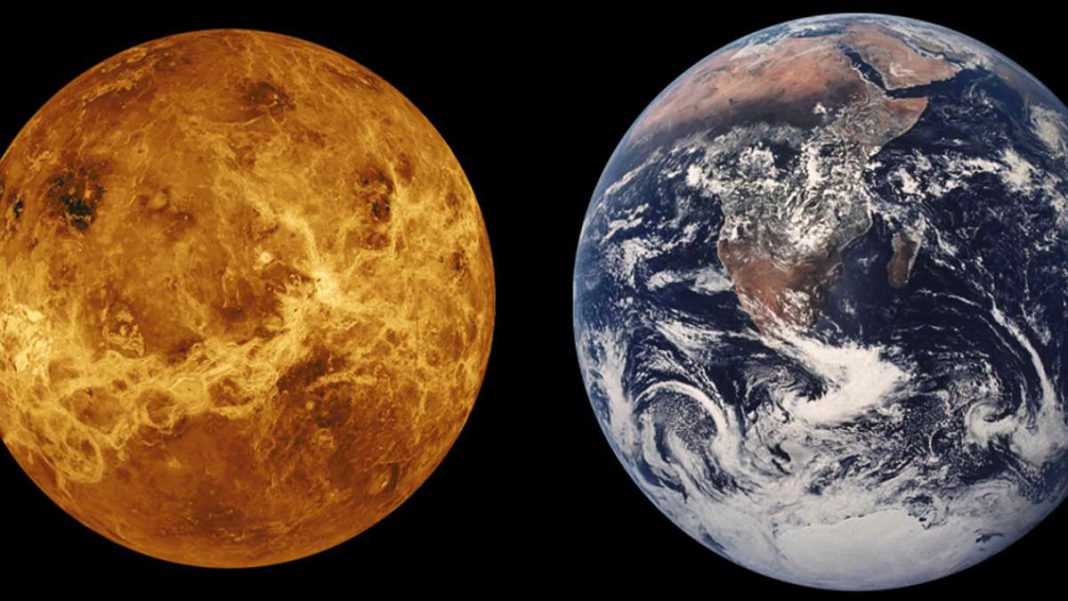UNITED STATES: A team of scientists from Brown University has unveiled evidence suggesting that Venus, long considered a hellish world, might have once had Earth-like plate tectonics, offering a glimmer of hope for the possibility of hosting life.
Using atmospheric data from Venus and advanced computer modeling, this study, published in the prestigious journal Nature Astronomy, presents compelling evidence that Venus underwent plate tectonic movements at some point in its early history, likely between 4.5 billion and 3.5 billion years ago. The implications of this discovery are profound and suggest that this blazingly hot planet may have had the potential to support life.
On Earth, plate tectonics has been a fundamental geological process, shaping the continents, mountains, and, ultimately, the stability required for life to flourish. The movement of Earth’s tectonic plates has resulted in the release of gases like nitrogen and carbon dioxide, leading to a stable surface temperature conducive to life.
Venus, in stark contrast to Earth, has a scorching surface with temperatures capable of melting lead. It has long been believed to have a “stagnant lid,” implying a single, immobile tectonic plate with minimal gas release into the atmosphere. However, the new findings challenge this notion, suggesting that Venus might have undergone tectonic movements similar to those of early Earth.
The study posits that these early tectonic activities on Venus were comparable to those on Earth in terms of the number of plates involved and their relative motion. This discovery raises intriguing questions about the potential for ancient microbial life on Venus, and it reshapes our perception of this planet, Earth’s nearest neighbor.
Matt Weller, the lead author of the study, explains, “One of the most important conclusions is that it is very possible that two planets existed simultaneously in the same solar system and were driven by plate tectonics, the same process that gave rise to modern life on Earth.”
What makes this discovery even more intriguing is the idea that the habitability of planets might be influenced by the timing of their tectonic processes. Earth could be an outlier in having continuous plate tectonics, as this research suggests that planets might transition in and out of different tectonic states, which could affect their habitability over time.
Co-author Alexander Evans says, “This demonstrates that planets may move between distinct tectonic states and that this may actually be fairly common. Earth might be an anomaly. It also implies that there may be planets that are not always habitable but instead have periodic periods of uninhabitability.”
This revelation also has implications for the study of other celestial bodies within our solar system and beyond. Moons like Jupiter’s Europa, which has already displayed evidence of Earth-like plate tectonics, and distant exoplanets could be shaped by similar geological processes. As scientists continue to explore these celestial bodies, the study of tectonic histories will be critical in determining their potential for hosting life.
In summary, the Brown University study on Venus challenges our preconceptions about the planet’s geological history and opens the door to the possibility of ancient life on a world we long considered inhospitable. It also underscores the vital role of timing in planetary tectonics and its influence on habitability, with far-reaching implications for the study of other celestial bodies in our quest to understand the potential for life beyond Earth.
Also Read: InSight Lander Makes Pioneering Discovery: Largest Marsquake Originates from Tectonic Activity



